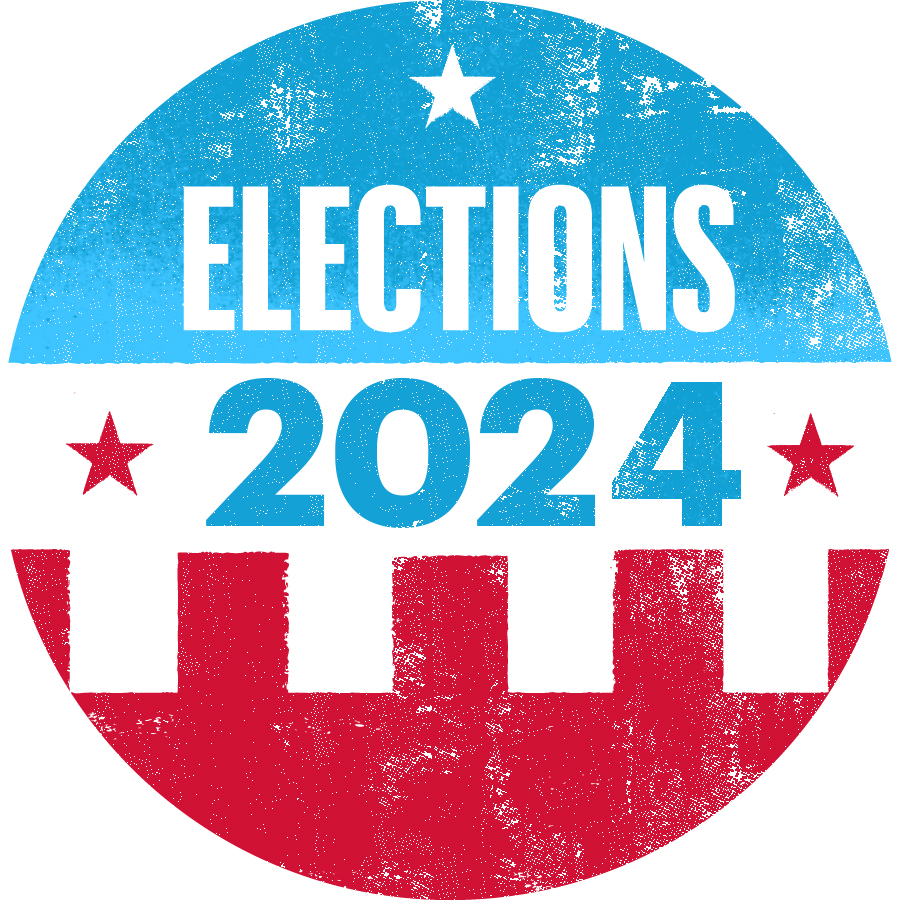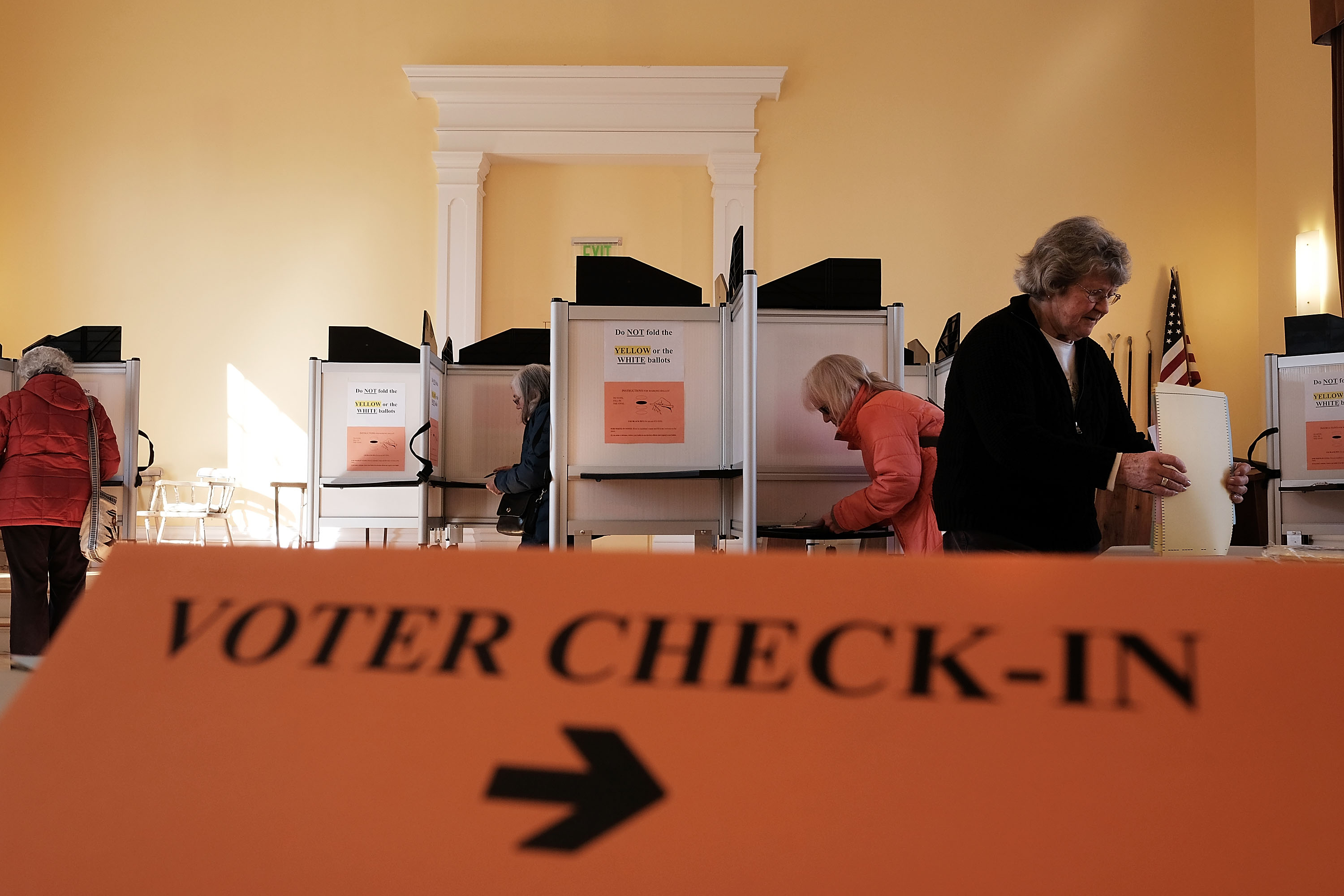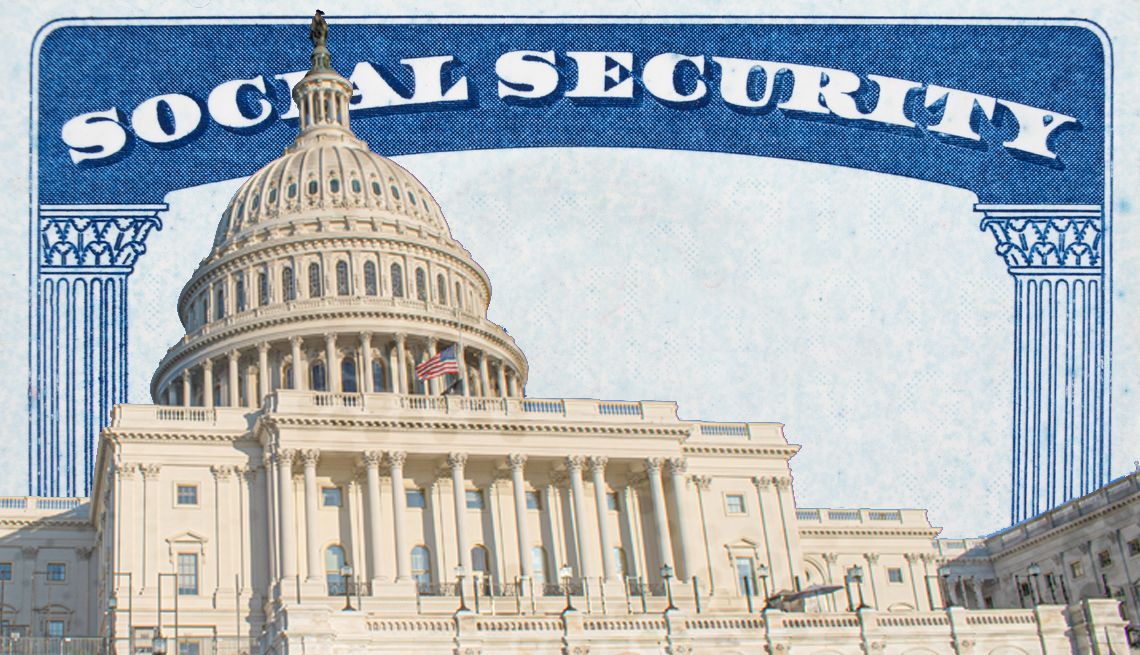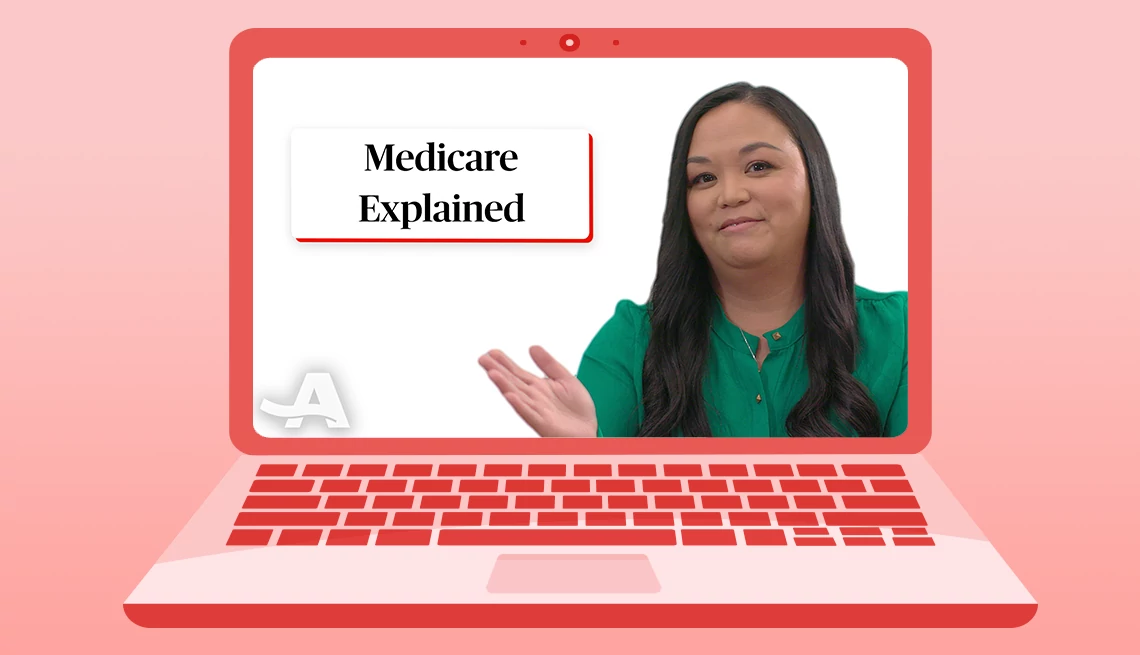AARP Eye Center
How to Vote in Vermont’s 2024 Elections
Important dates and election information
- Early voting: Saturday, Sept. 21, through Monday, Nov. 4
- Last day to request an absentee ballot: Monday, Nov. 4
- Deadline for absentee ballot to be received by mail: Monday, Nov. 4
- Deadline to return an absentee ballot in person: Tuesday, Nov. 5, 7 p.m.
- General election: Tuesday, Nov. 5

Voting at a glance
- Voter registration: Register online, by mail or in person. Use the state’s voter portal or call your town or city clerk to check your registration status.
- Absentee voting: All registered voters can vote absentee for any reason.
- Early voting: You can vote early and in person at your town or city clerk’s office.
- Voting at the polls: You are not required to show ID when you vote at the polls. Check with your town or city clerk’s office for polling hours.
Recent voting changes in Vermont
A 2022 redistricting plan changed certain boundaries of Vermont’s state legislative districts. Check the secretary of state’s My Voter Page to find your polling place.
How to register to vote
Register online, by mail or in person.
- Online: Go to My Voter Page, the state’s online voter portal, to register. If you’re a first-time voter, you must provide a photocopy of an acceptable form of ID, such as a driver’s license or current utility bill that lists your address. You can register up to and on Tuesday, Nov. 5, which is Election Day. You are encouraged to register by Friday, Nov. 1, to ensure your name appears on the state’s voter checklist.
- By mail: Print a registration form, complete it and mail it to your town or city clerk. State officials recommend mailing it one week before Tuesday, Nov. 5, which is Election Day. Or call your clerk’s office to request that an application be mailed to you. If you are registering for the first time, include a photocopy of an acceptable ID such as a Vermont driver’s license or a current utility bill that lists your address.
- In person: Go to your town or city clerk’s office during normal business hours through Monday, Nov. 4, or register at the polls on Election Day, which is Tuesday, Nov. 5.
First-time voters must take the voter’s oath that says they will vote their conscience and not let anyone tell them how to vote.

Registering to vote on Election Day
You can register to vote at your polling place on Election Day.
Check your voter registration status
Use the state’s voter portal or call your town or city clerk to check your registration status.
How to request an absentee ballot
Absentee ballots will be mailed to all active registered voters by Tuesday, Oct. 1. If you become a registered voter after ballots have been mailed, you can apply for an absentee ballot:
- Online: Use the My Voter Page to request your absentee ballot. Or print an application form and email the completed application to your town or city clerk.
- By mail: Download and complete an application form, then mail it to your town or city clerk’s office. Or, call your town or city clerk’s office to request an application.
- In person: Go to your town or city clerk’s office to receive an application.
- Absentee ballot applications must be received by the close of the clerk’s office on Monday, Nov. 4.
Voters who are ill or have a disability can ask that an absentee ballot be delivered to them on Tuesday, Nov. 5, by two justices of the peace, who also will return the marked ballot. Eligible voters can choose this option when completing an absentee ballot application.
Returning an absentee ballot
Sign the certificate on the voted ballot envelope after placing your marked ballot inside. Return it:
- By mail: Mail your ballot to your town or city clerk’s office. It must be received by the close of business on Monday, Nov. 4. State officials recommend mailing it one week before Tuesday, Nov. 5, which is Election Day.
- In person: Bring your ballot to your town or city clerk’s office by the close of business on Monday, Nov. 4. Or, bring it to the polls by 7 p.m. on Tuesday, Nov. 5.
- Drop box: Place your ballot in a drop box, if available, by the close of the town or city clerk’s business on Monday, Nov. 4. A list of locations is available on the secretary of state’s website.
Enter your information at the state’s My Voter Page to track your ballot. A town or city clerk will notify you if your ballot was returned incorrectly. You can correct your ballot if a clerk finds an error, such as a missing signature.
Voting in person before Election Day
You can vote early at your town or city clerk’s office during normal office hours from Saturday, Sept. 21, through Monday, Nov. 4.
Voting at the polls on Election Day
Check with your town or city clerk for polling hours, which vary, and use the My Voter Page or this interactive map to find your polling location. Polls must be open by 10 a.m. and closed by 7 p.m.
Sample ballots will be available on the My Voter Page.
Voter ID requirements on Election Day
You don’t need ID to vote at the polls. However, if you didn’t include a photocopy of an acceptable form of ID when you registered by mail or online, you will be asked to show ID at the polling place before you vote.
Voting with a disability
You can bring someone to help you vote on Election Day, but that person cannot be your employer or from your union. You can also ask an election official to bring a ballot to your car.
Voters who are ill or have a disability can ask that an absentee ballot be delivered to them by two justices of the peace.
Each polling places has an accessible ballot marking device. The tablet-based system marks a voter’s choices onto the same paper ballots used by all voters at the polls. More information is available on the secretary of state's website.
Voting from a nursing home or long-term care facility
Mobile polling stations for absentee voting may be set up at a nursing home or long-term care facility at the discretion of a town clerk.
Editor’s note: This guide was originally published Jan. 24, 2024, and has been updated with new information about voting in the 2024 elections.
Maura Kelly Lannan is a writer, editor and producer for AARP who covers federal and state policy. She has worked as a reporter for the Associated Press, the Chicago Tribune and the Waterbury, Connecticut, Republican-American. She also has written for Bloomberg Government, The Boston Globe and other publications.
















)


















.jpg?crop=true&anchor=13,195&q=80&color=ffffffff&u=lywnjt&w=2008&h=1154)





























